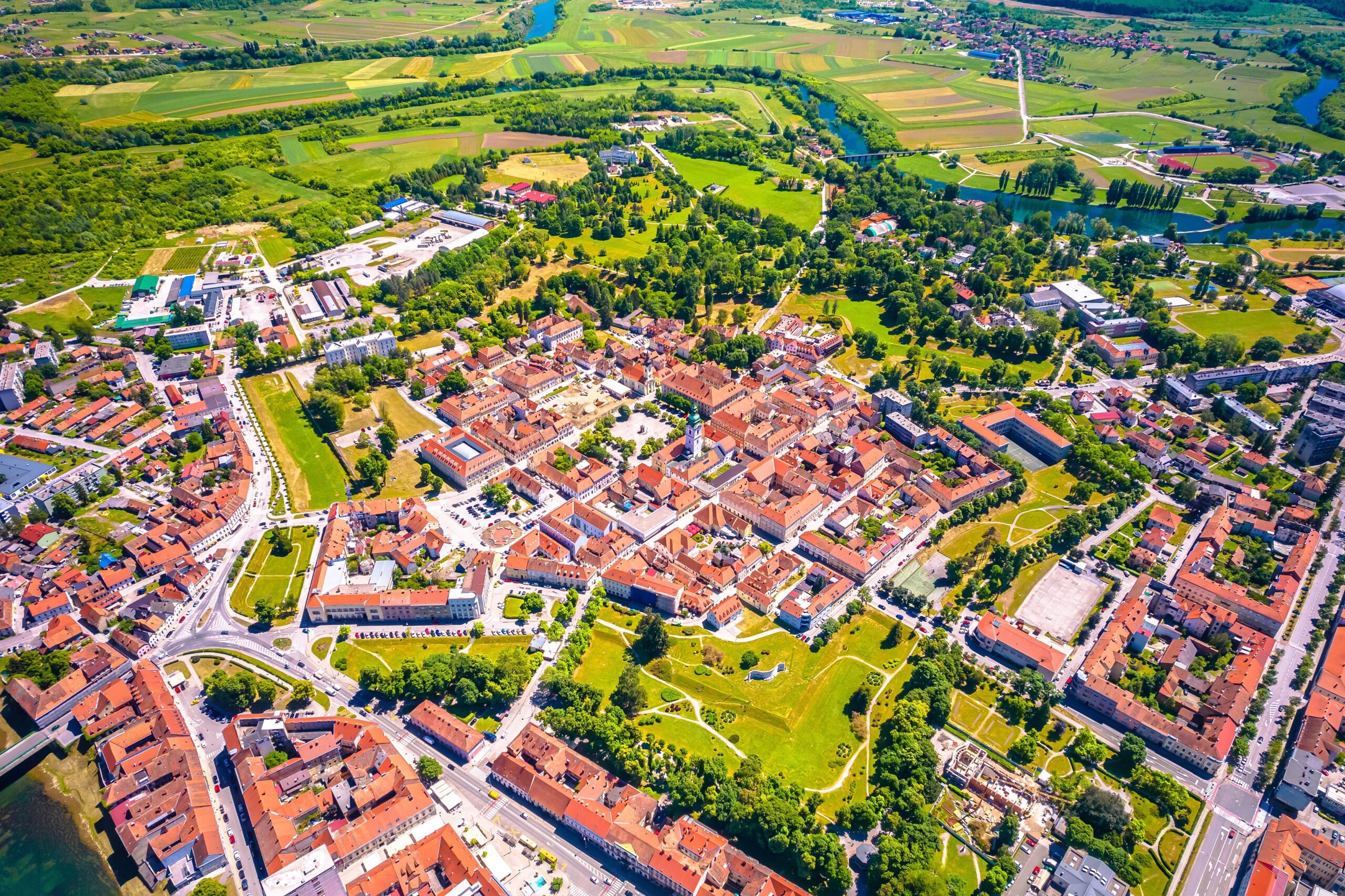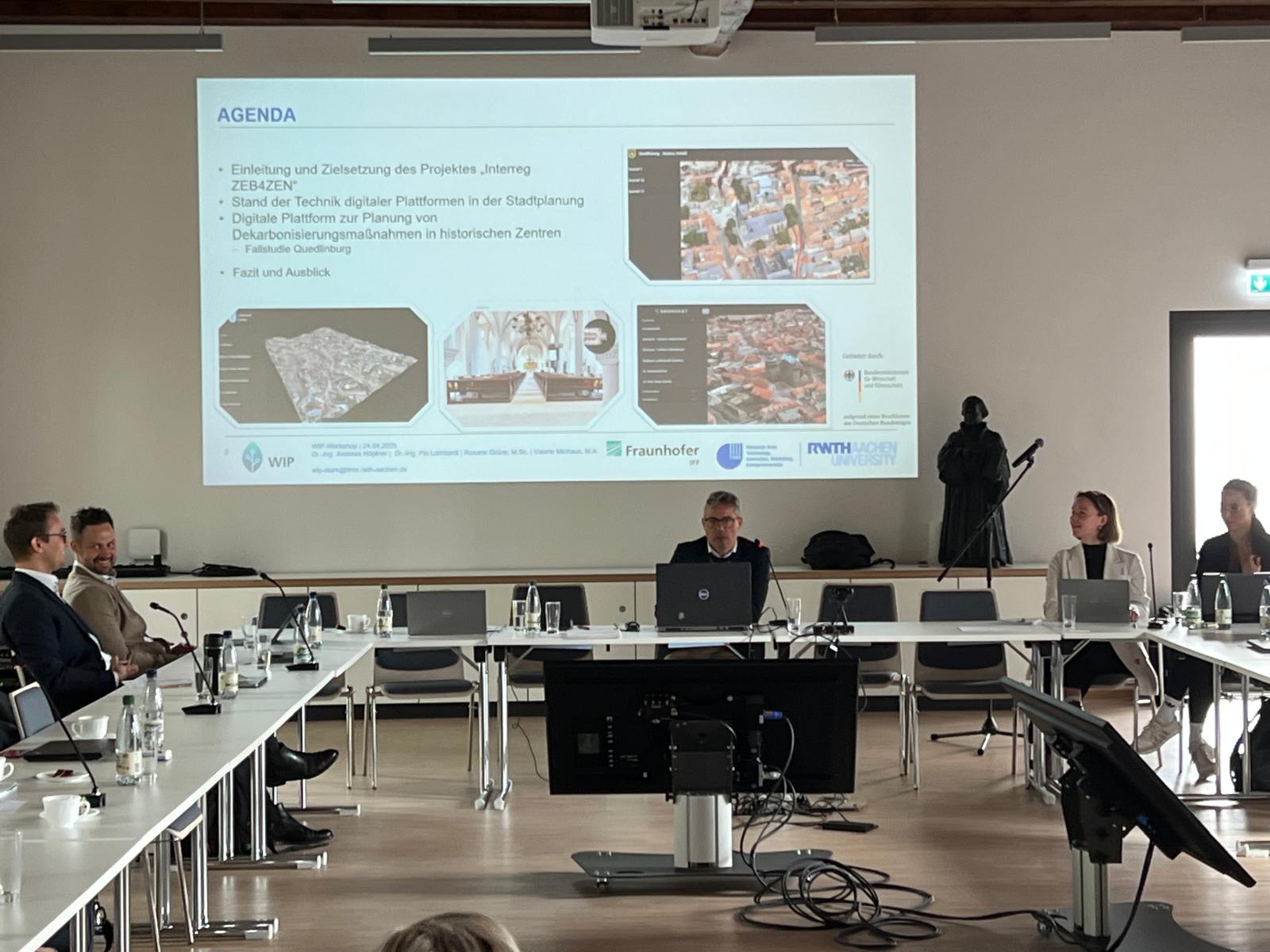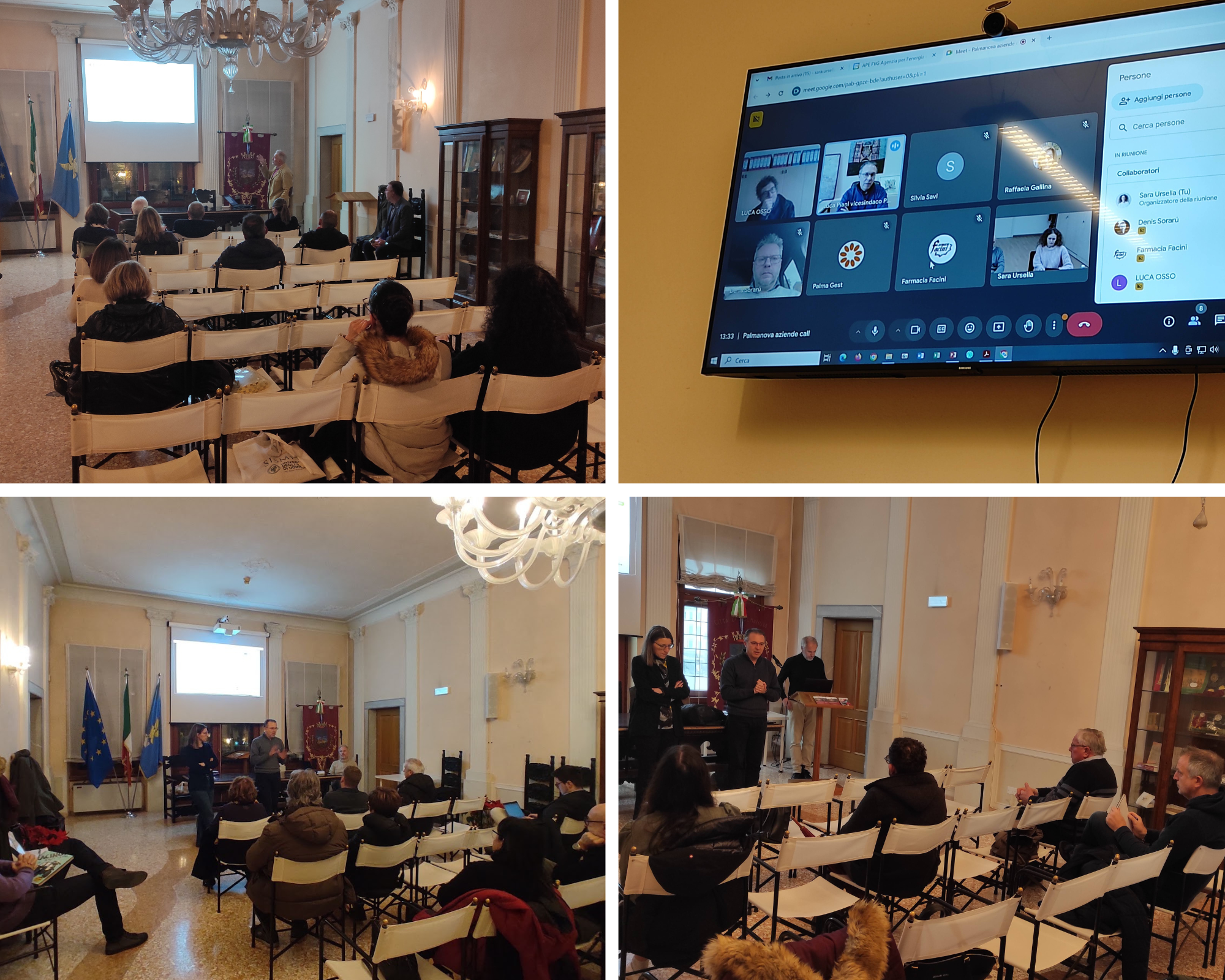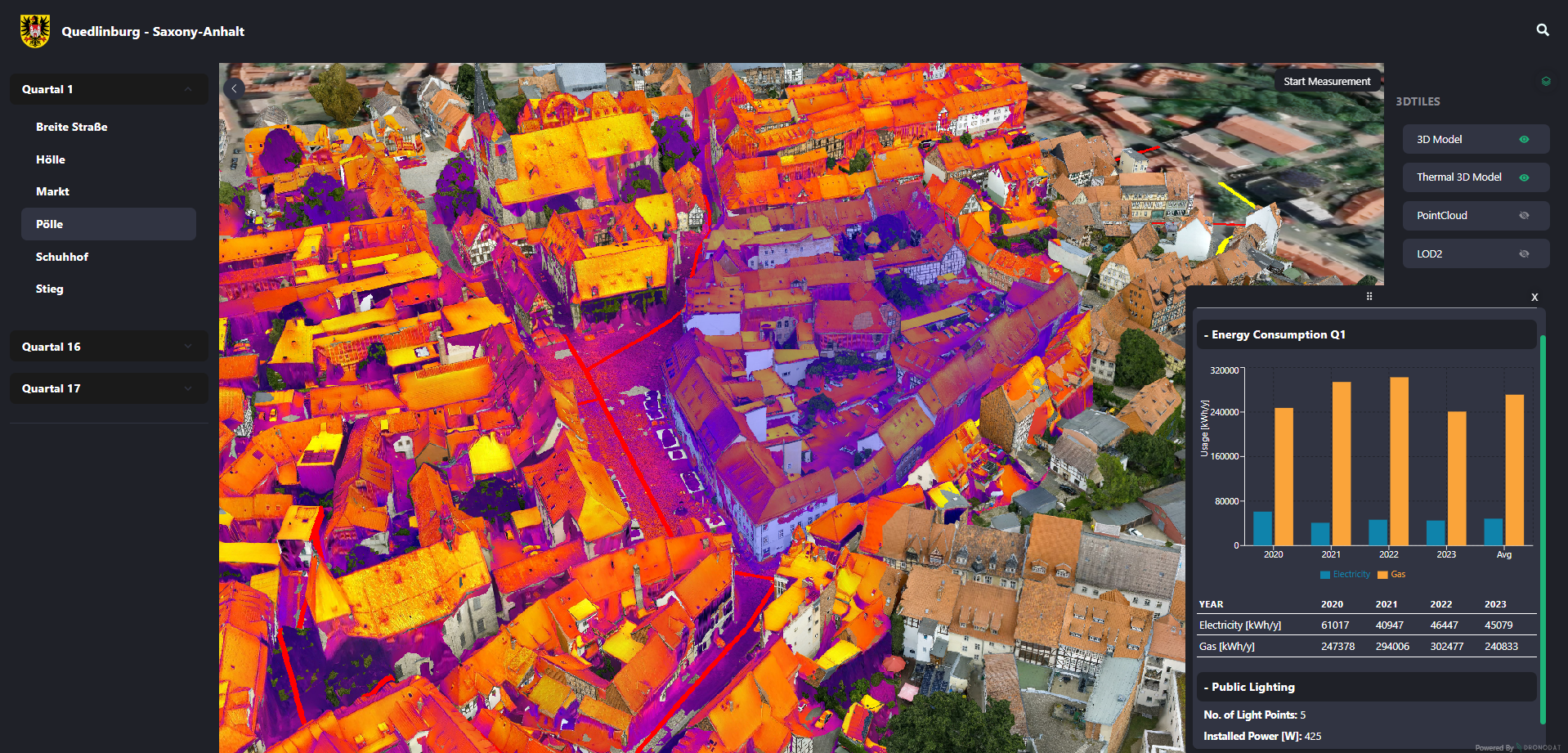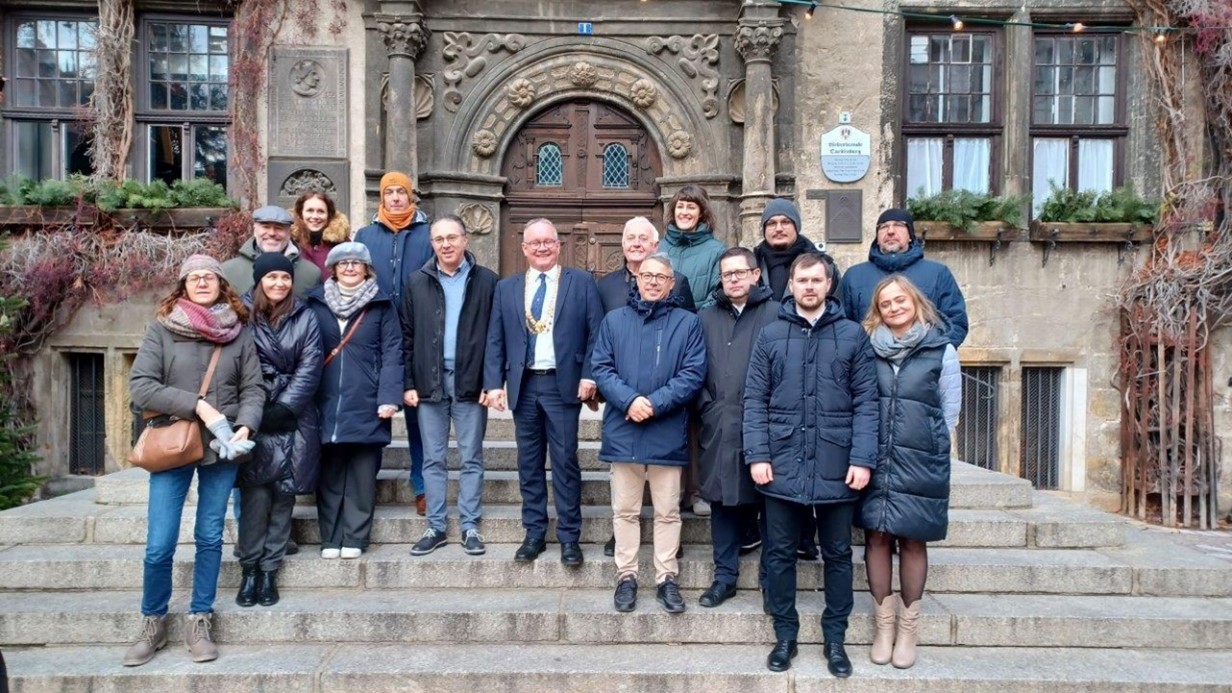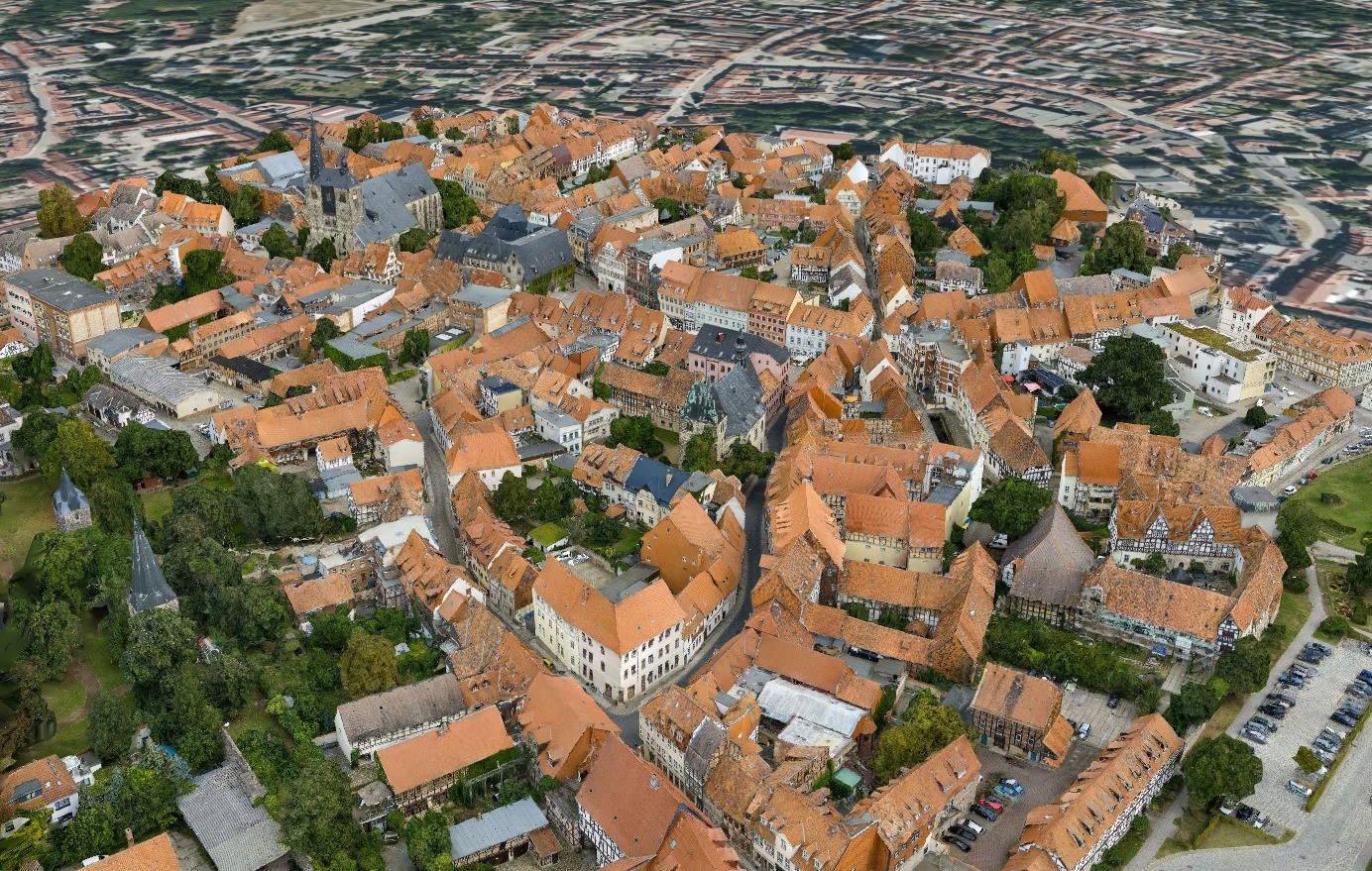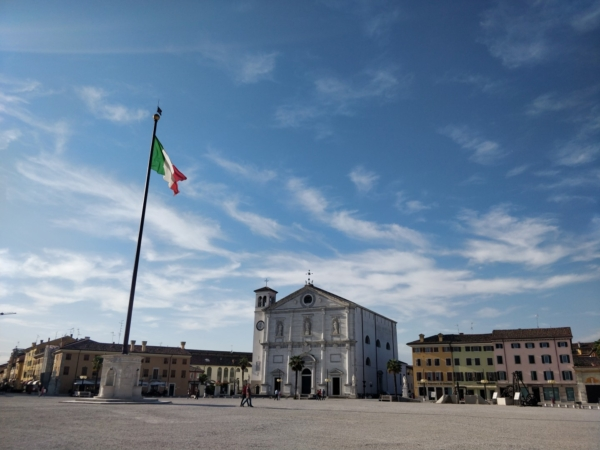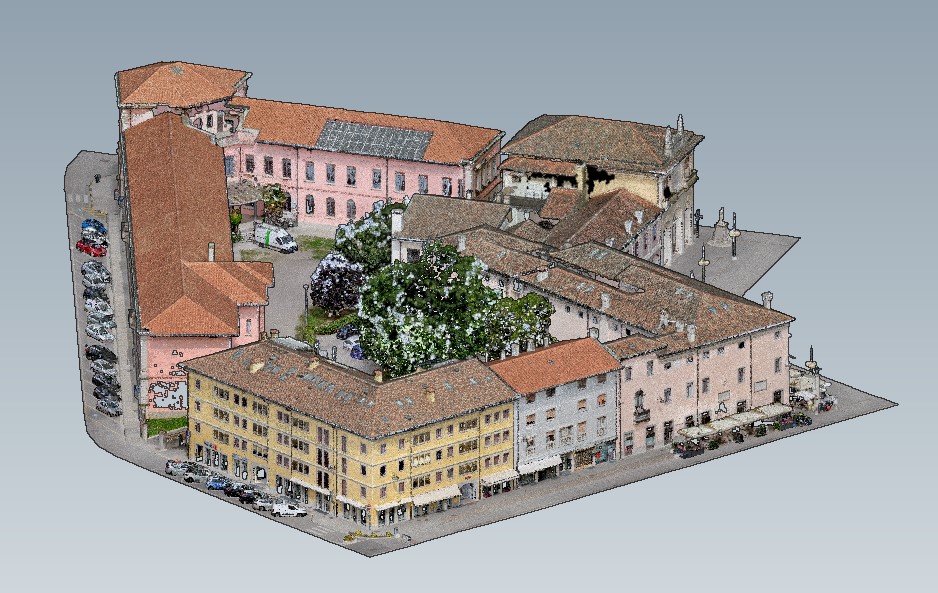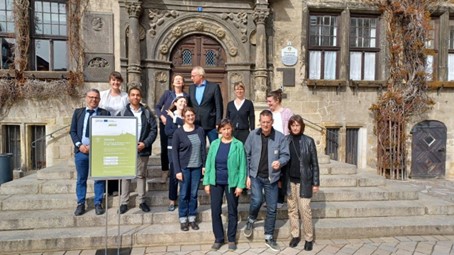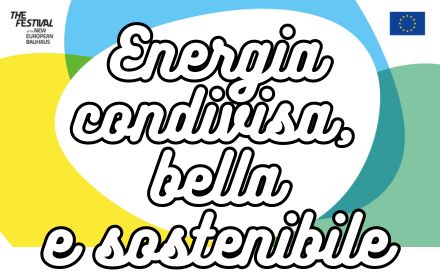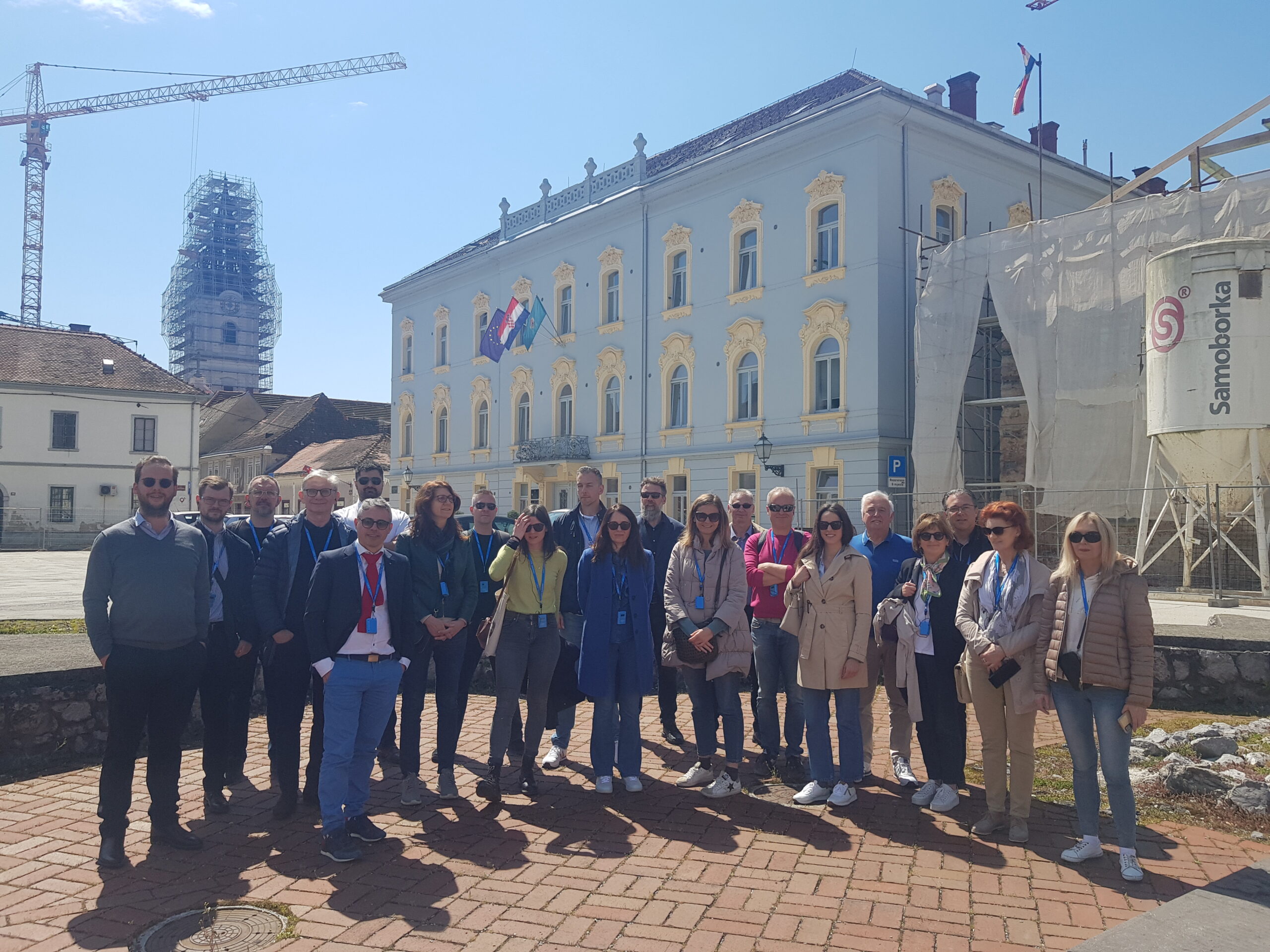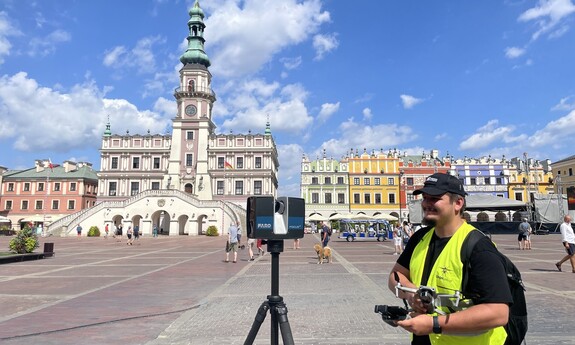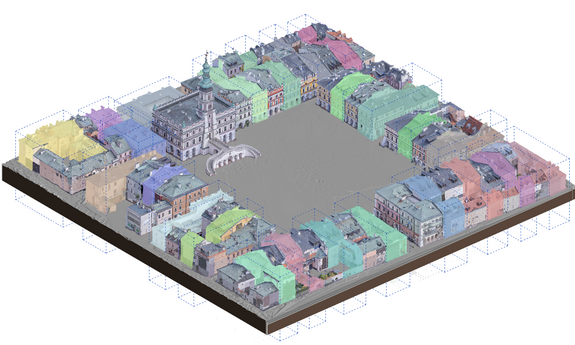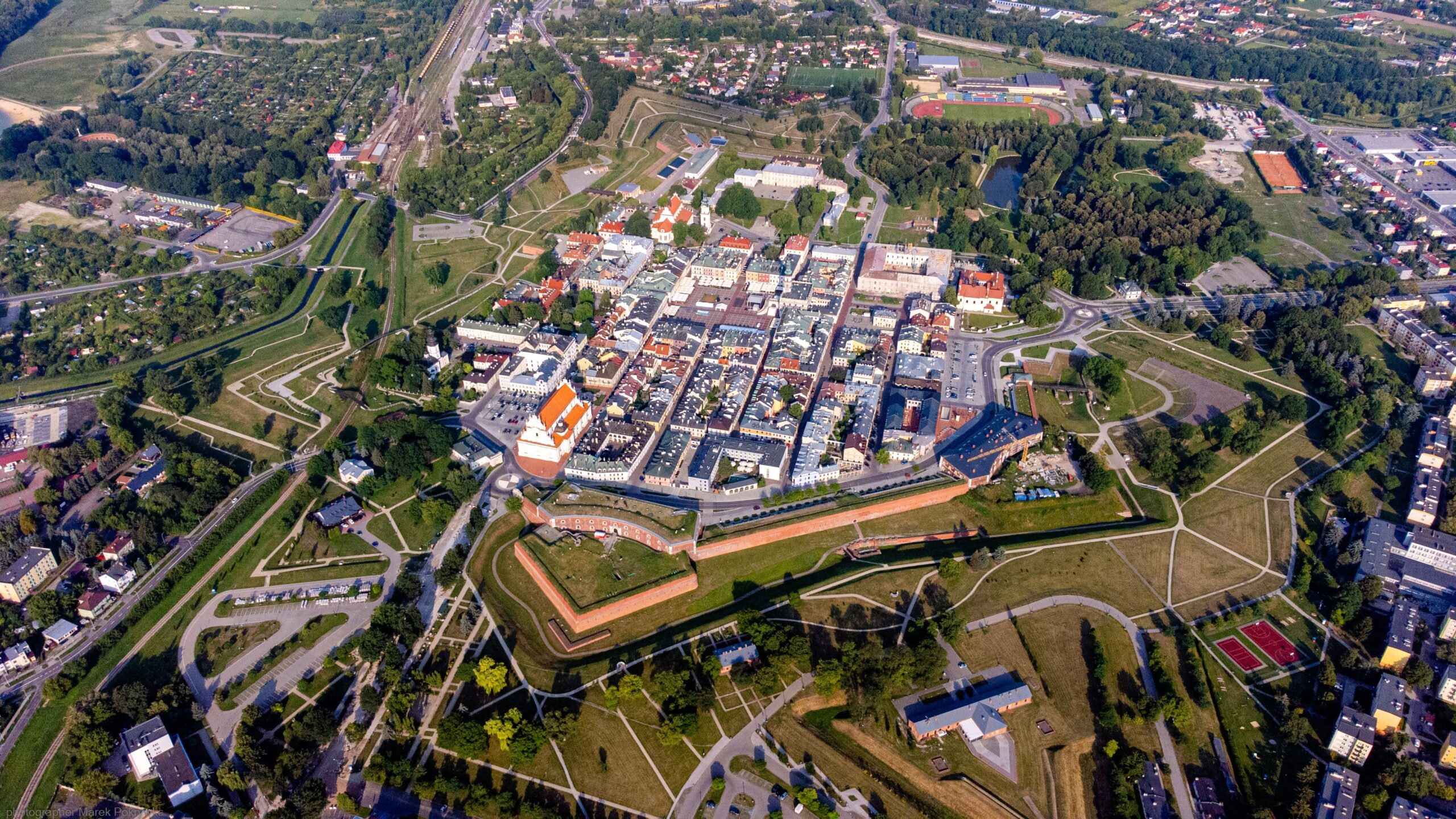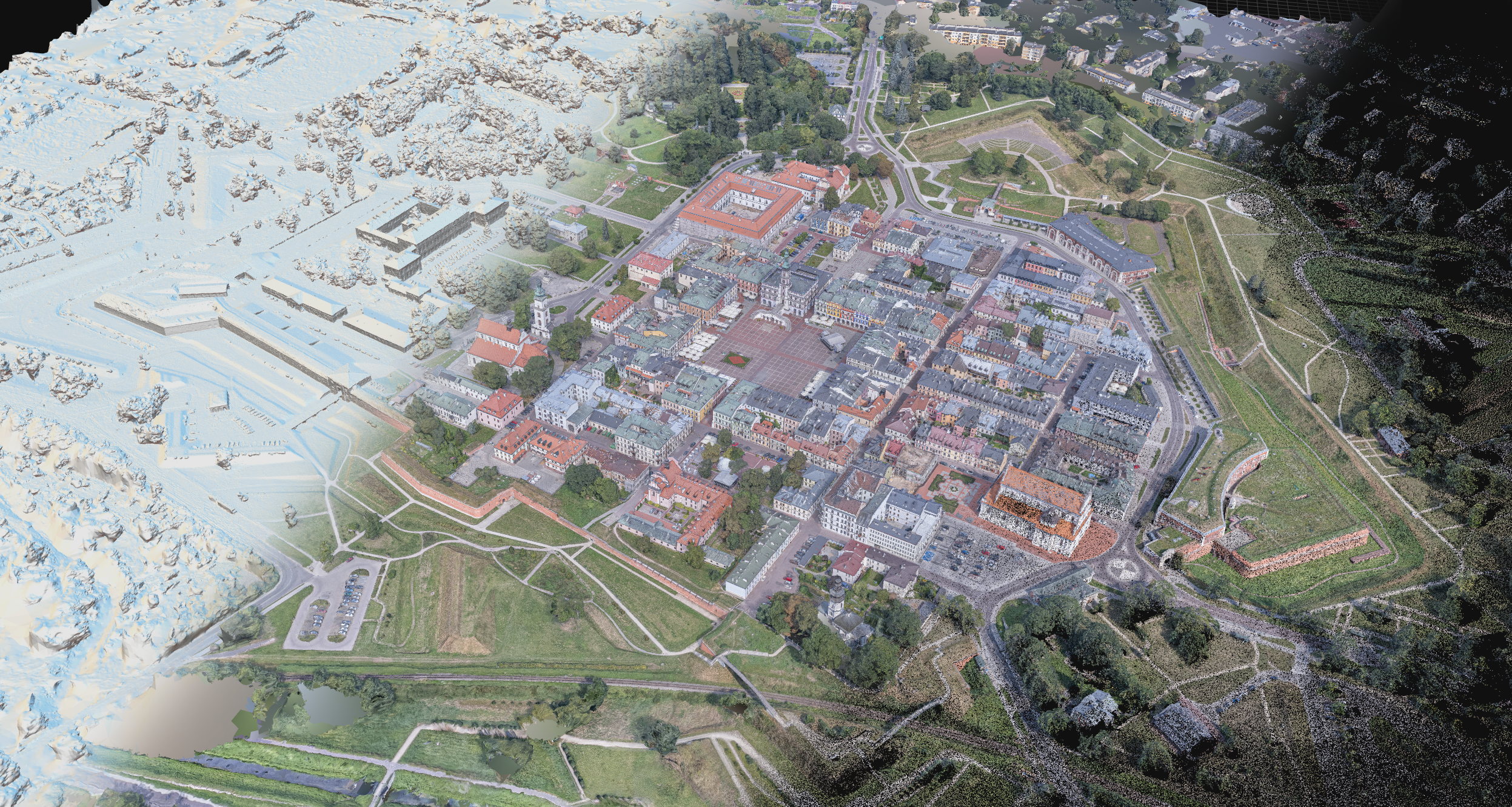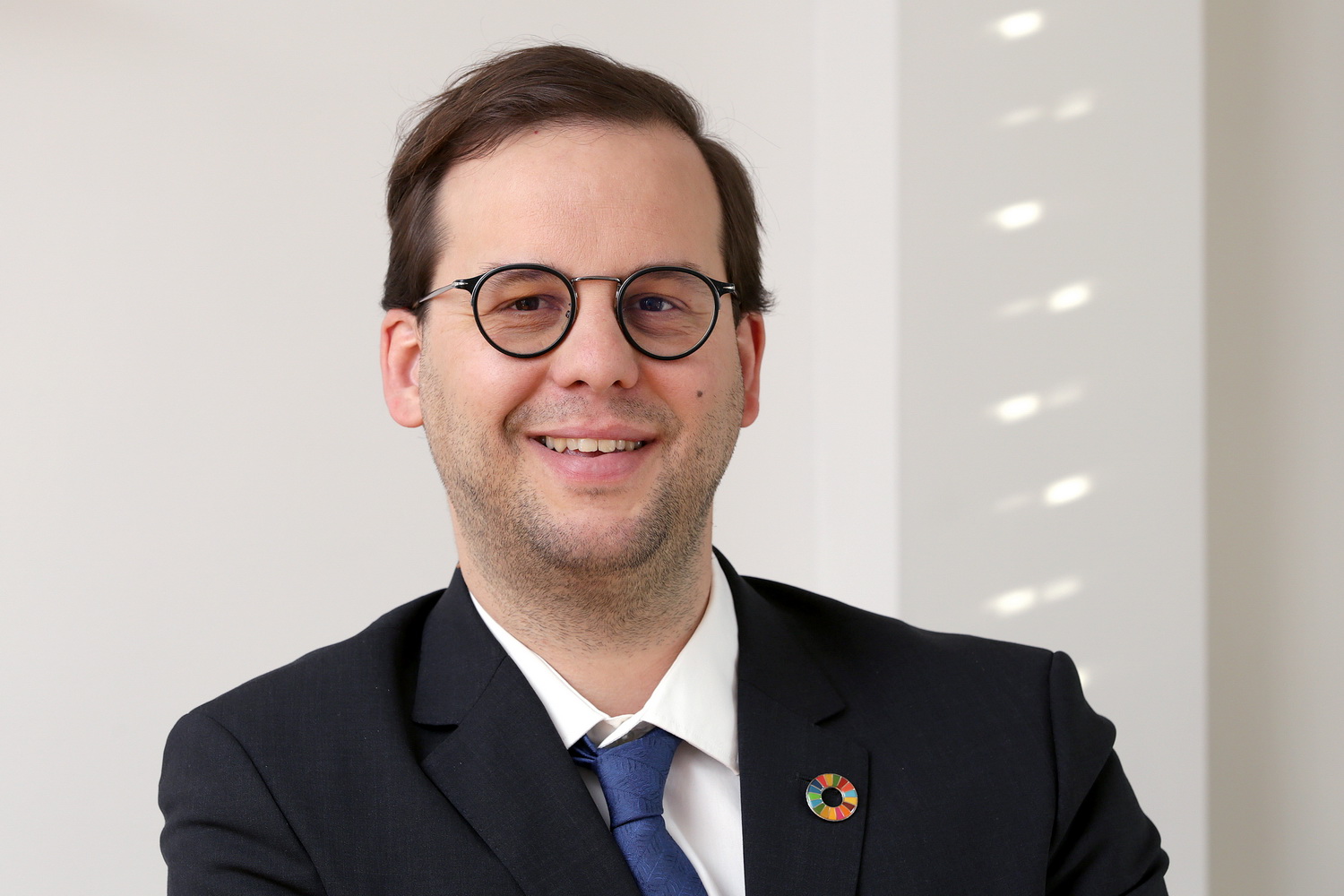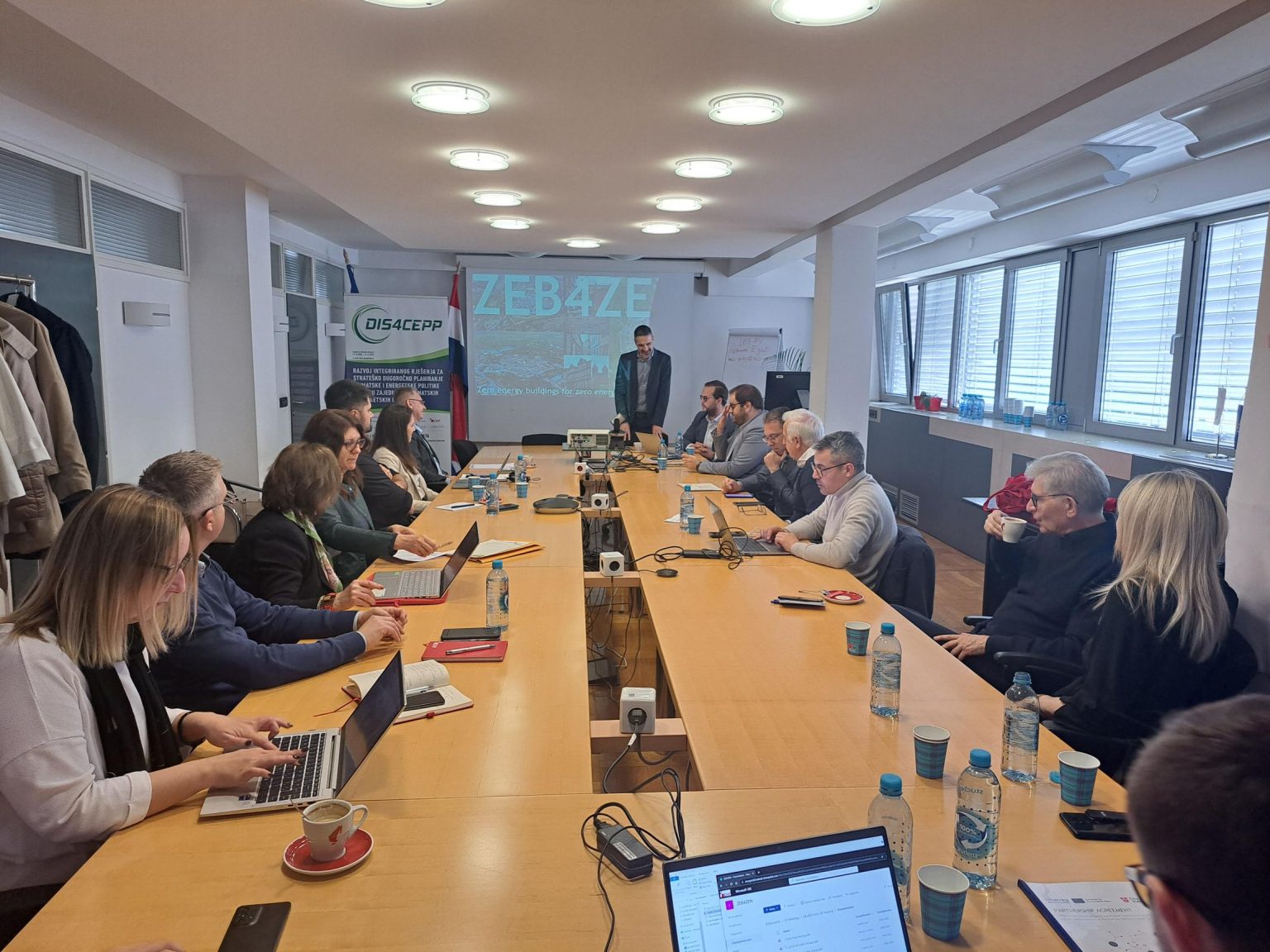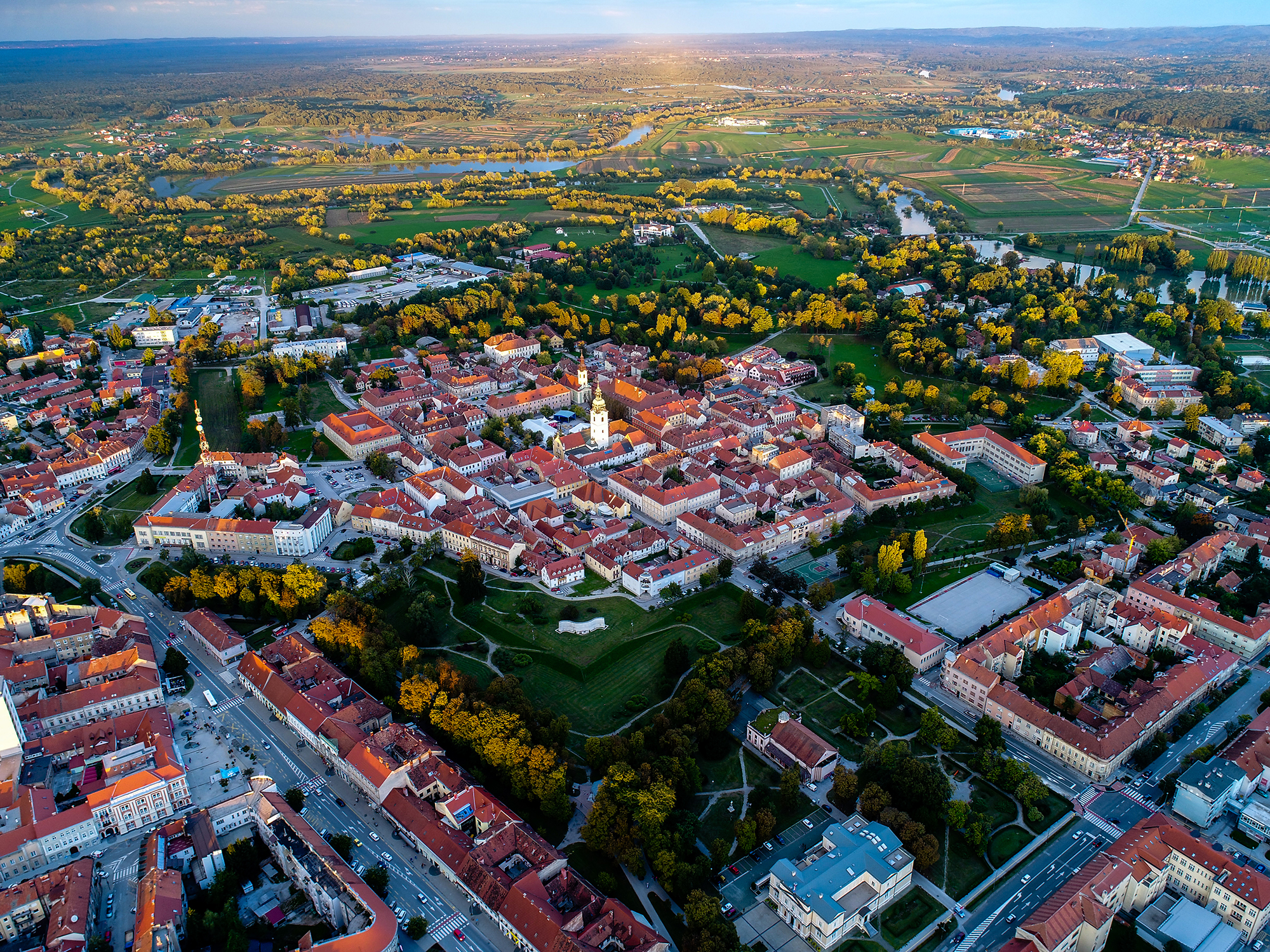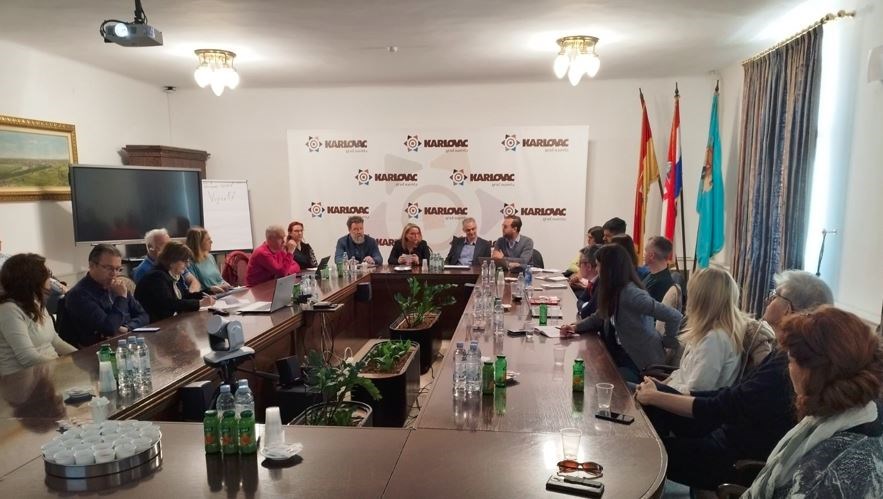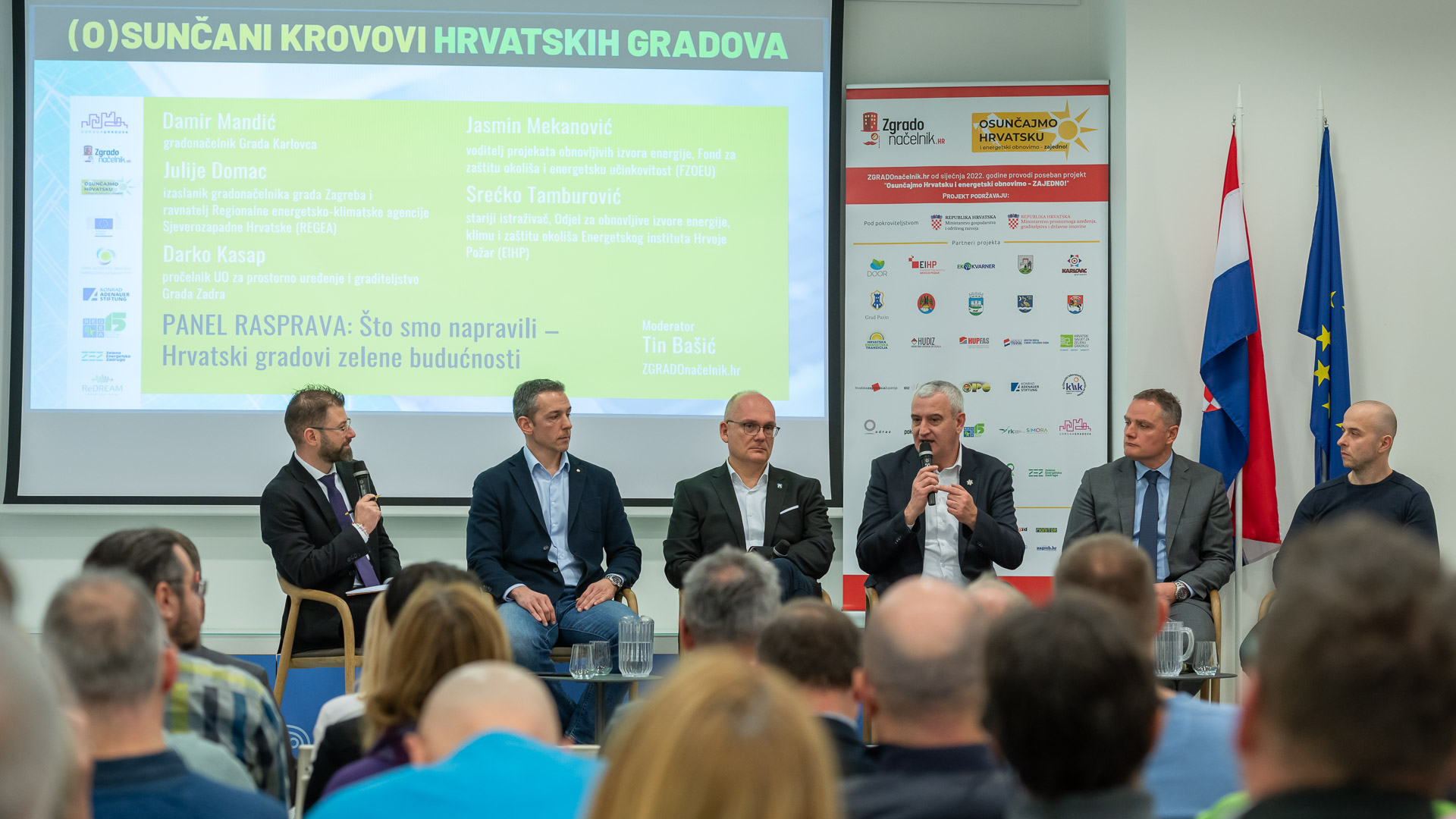Project overview
Zero energy buildings for zero energy neighbourhoods
Public zero-energy buildings produce enough renewable energy to meet their own annual energy consumption requirements. They help regions and cities to save energy and money. But what to do in historic neighbourhoods with rigid building protection rules? The ZEB4ZEN project develops a transferrable transnational methodology and regional action plans for achieving zero-emission standards, which they also test in pilot actions in historic city neighbourhoods.
-
2,04m €
-
Project Budget
-
80%
-
of the Budget is funded by ERDF
-
4
-
Countries
-
5
-
Regions
-
7
-
Partners
-
4
-
Pilots
Duration
Start date
End date
Project progress
Project partnership
Project partners

Lead partner
Energy Institute Hrvoje Požar
Department for energy efficiency
Project partner
Communication office and staff of the mayor
Communication office and staff of the mayor
Engineering and Industrial Design - Institute for Electrical Engineering
Faculty of Civil Engineering and Architecture, Department of Conservation of Built Heritage
Roadmap
Our Challenge

The ZEB4ZEN project is being implemented in four historic neighborhoods across Central Europe: Karlovac, Palmanova, Zamość, and Quedlinburg. The main challenge of the ZEB4ZEN project is to develop zero-emission neighborhoods that integrate historic buildings with modern, energy-efficient technologies and renewable energy systems, reducing emissions while preserving cultural heritage. This requires innovative solutions and collaboration across multiple sectors to achieve sustainability and energy efficiency at the neighborhood level. Historic neighborhoods face the dual challenge of preserving their cultural heritage while achieving energy efficiency and reducing carbon emissions.
Main problem

The core problem addressed by the project is the challenge of retrofitting historic buildings to achieve near-zero energy emissions while preserving their cultural and architectural heritage. Traditional renovation approaches often treat buildings in isolation, missing opportunities for energy optimization at the neighborhood level and synergies between buildings. Additionally, a common misconception is that historic buildings should not be equipped with new energy-efficient technologies. The project aims to overcome these barriers by identifying and exploiting solutions that modernize historic centers while safeguarding their historical value.
Our solution

The main idea behind the ZEB4ZEN project is to develop a comprehensive methodology and define action plans for achieving zero-emission neighborhoods (ZEN) by integrating modern energy-efficient technologies into historic urban areas. The project focuses on reducing energy demand and carbon emissions from buildings and transportation—sectors responsible for over half of EU emissions—by transitioning to highly efficient, electricity-based systems. It also explores how interconnected neighborhood buildings can actively participate in the electricity market, benefiting residents and the energy system. By leveraging the experience gained from pilot activities and investments in neighborhoods rich in historic buildings, ZEB4ZEN develops a structured methodology for defining scenarios to achieve ZEN. This methodology, designed to be replicable across different regions, will be presented to a broader audience using virtual reality technology, demonstrating that historic buildings can be preserved and modernized to meet future energy standards and sustainability goals.
How it works

Our approach begins with a thorough exchange of experiences and knowledge among project partners, fostering innovative solutions. First, we conduct energy audits and data collection to assess the potential of each neighborhood for near-zero energy consumption. Next, we implement energy efficiency and renewable energy measures, such as advanced insulation techniques, solar installations, and digital tools like virtual reality for planning. Finally, we develop structured action plans and a clear methodology applicable across various districts to guide cities toward achieving zero-emission status while respecting their cultural heritage.
News
Events
Pilot actions
Outputs

Jointly developed Zero-emission nighbourhoods auditing solution

Monitoring, reporting and verification for zero emission neighbourhoods EE/RES measures

Strategy for achieving near-zero energy standards for cultural heritage sites within the neighbourhoods

Neighbourhood digital-twin development focused on cultural heritage sites

Energy action plans presented in VR environment

Energy planning using VR environment
Project images
ZEB4ZEN
The project lead partner is responsible for the content of this project website.
